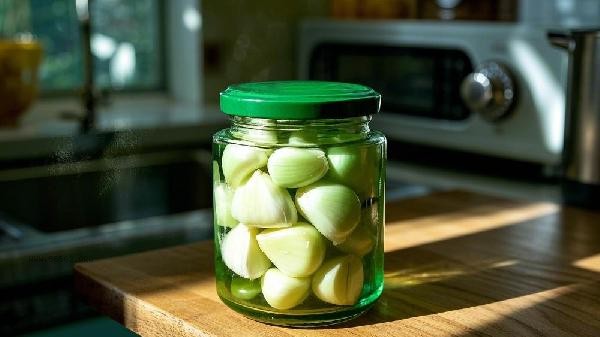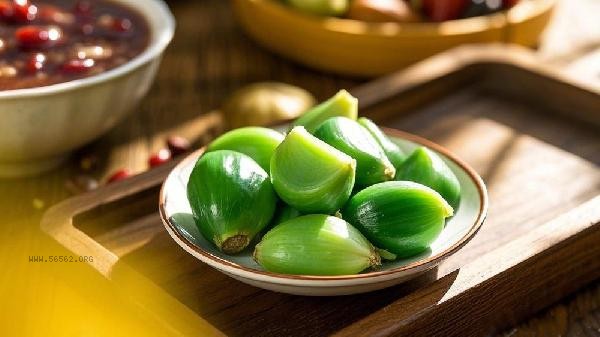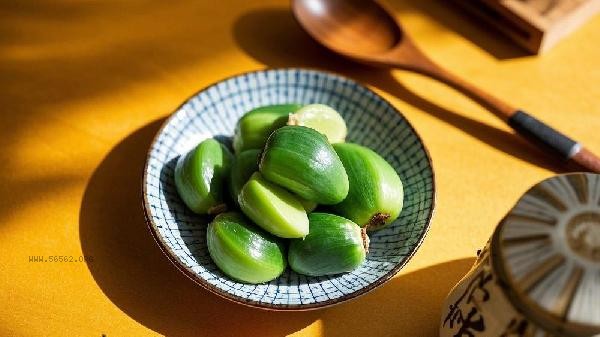Excessive use of Laba garlic candy can be remedied by adjusting acidity, prolonging pickling time, and pairing with other ingredients. Excessive sugar content may lead to overly sweet taste or abnormal fermentation, but it can still improve flavor through proper handling. When there is too much sugar in Laba garlic, a small amount of white vinegar or lemon juice can be added to balance the sweetness. Acidic substances can neutralize the sweetness of sugar and promote the formation of garlic's emerald green color. Suggest adding and tasting in portions to avoid excessive acidity. If the sugar content exceeds twice the original formula, some of the sugar solution can be removed and replaced with a newly prepared vinegar solution, maintaining a sugar vinegar ratio of around 1:3. The pickling container should be free of oil and water to avoid contamination by miscellaneous bacteria that may affect fermentation. Excessive sugar content can inhibit the activity of lactic acid bacteria, and the pickling time needs to be extended to more than three weeks. During this period, open the lid daily to release air and observe the condition of the garlic cloves. If there are abnormal bubbles or odors, they should be discarded. The cured Laba garlic can be chopped up and used as a cold dish ingredient, or eaten with meat with high oil content to relieve sweetness and greasiness. People with diabetes and those with sugar control should control their consumption, and those with gastrointestinal sensitivity should avoid eating on an empty stomach.

It is recommended to use rock sugar or white sugar for making Laba garlic, as brown sugar can cause the color to become cloudy. During the remediation process, it is necessary to keep the containers and tools clean and store them at room temperature to avoid direct sunlight. The cured Laba garlic should have a jade color, a sweet and sour taste, and a crisp texture. It can be refrigerated for two months. Daily consumption of no more than 3-4 cloves per time, combined with coarse grains rich in vitamin B1, can improve the absorption rate of allicin.










Comments (0)
Leave a Comment
No comments yet
Be the first to share your thoughts!